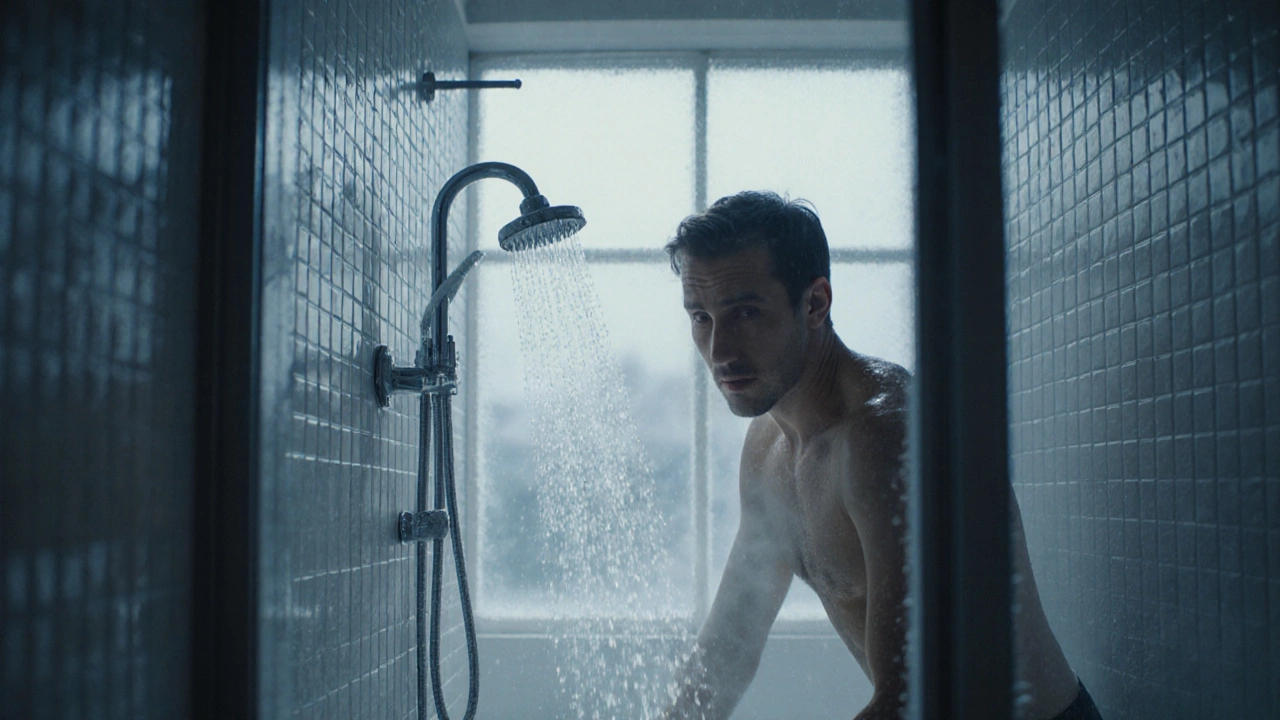Discover why hot water stops flowing, from thermostat failures to pilot‑light problems, and learn practical DIY steps to restore hot water fast.
Common Cause of Hot Water Outage – What You Need to Know
When you face a sudden loss of hot water, the first thing to understand is the common cause hot water outage, the most frequent reason a home’s hot‑water supply stops working. Also known as no hot water problem, it can disrupt showers, dishwashing and heating. Recognising the root cause early saves time, money and unnecessary stress.
The water heater, the appliance that heats and stores water for domestic use is the center of most outages. A faulty heating element, a broken thermostat or a buildup of sediment can all stop the heater from warming water. common cause hot water outage usually points to one of these weak spots, and fixing them restores comfort fast.
In many UK homes the boiler, the central heating system that can also provide hot water doubles as a water‑heater. If the boiler’s pressure drops, the gas valve misfires, or an internal sensor fails, the whole hot‑water circuit shuts down. A boiler malfunction therefore encompasses the hot‑water outage problem and often requires a professional’s attention.
Key Factors Behind a Hot Water Outage
One of the biggest culprits is the thermostat, the device that controls water temperature by turning the heater on and off. If the thermostat reads the water as already hot, it won’t fire the heating element, leaving you with cold water. This relationship shows that a hot water outage requires a correctly calibrated thermostat.
Another frequent issue is the heating element itself. When the element corrodes or cracks, it loses its ability to generate heat. This failure influences the water heater’s performance directly, turning a functional system into a cold‑water supply.
Plumbing blockages also play a part. A clogged inlet valve restricts cold water from reaching the heater, while a blocked outlet valve prevents hot water from leaving. Both scenarios require proper pipe maintenance to keep the hot‑water cycle running smoothly.
Power supply glitches can’t be ignored. Modern water heaters rely on electrical circuits; a tripped breaker or a blown fuse instantly cuts off heating. Checking the fuse box or circuit breaker enables you to rule out electrical faults before calling a specialist.
Gas supply issues are another hidden cause. If the gas pressure is low or the supply line leaks, the burner won’t ignite, and the heater stays cold. A gas‑safe engineer can safely assess and repair the line, restoring hot water without delay.
Regular maintenance prevents most outages. Flushing the tank removes sediment, testing the thermostat ensures accurate readings, and inspecting the heating element catches wear early. These steps relate to the broader goal of extending the heater’s lifespan and reducing emergency calls.
When you’ve run through the basic checks—thermostat setting, heating element condition, power supply, gas pressure and plumbing—you’ll have a clear picture of the cause. If any step feels risky or the problem persists, it’s time to call a qualified technician who can safely diagnose and repair the issue.
Below you’ll find a curated collection of articles that dive deeper into each of these topics. From troubleshooting a non‑working boiler to flushing a water heater, the guides cover practical fixes, warning signs and expert advice. Use them to pinpoint the exact fault and decide whether a DIY repair or professional help is the right move.

